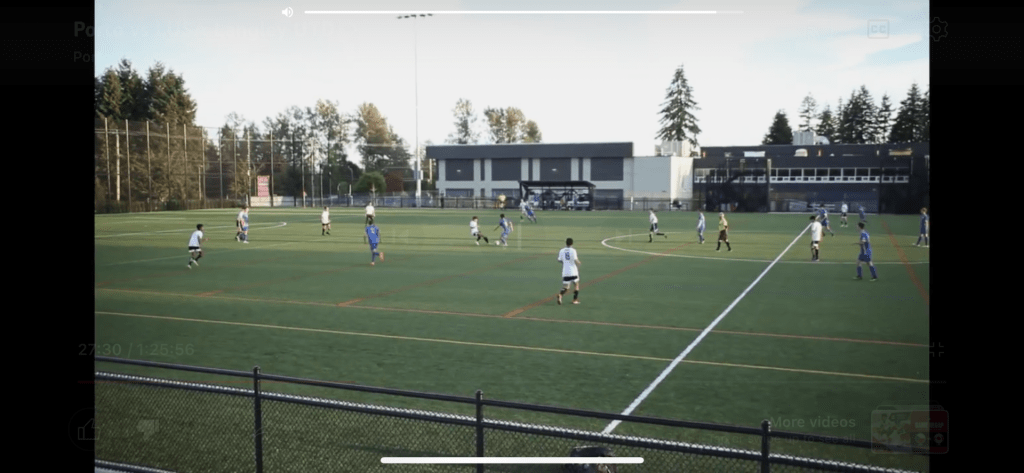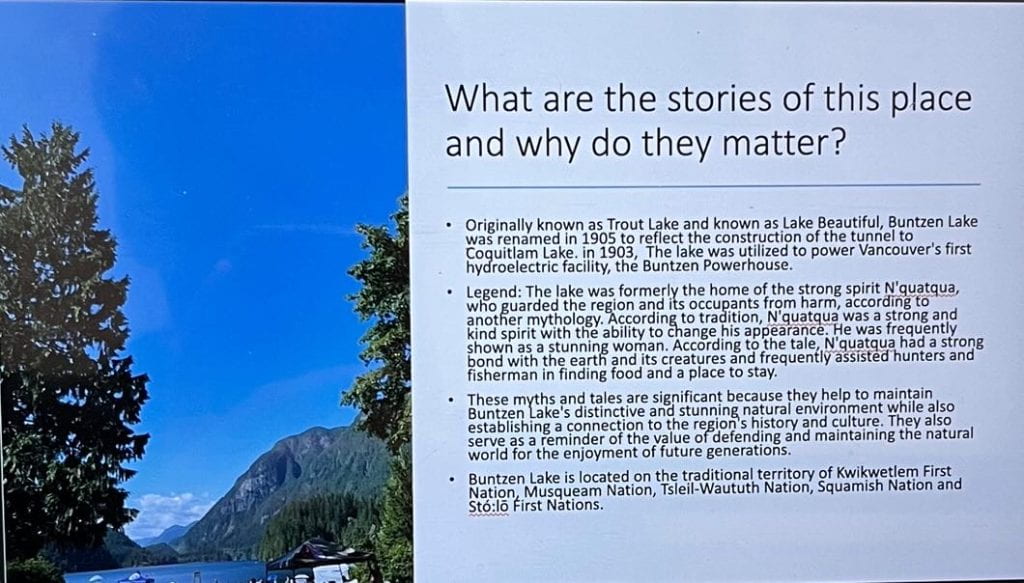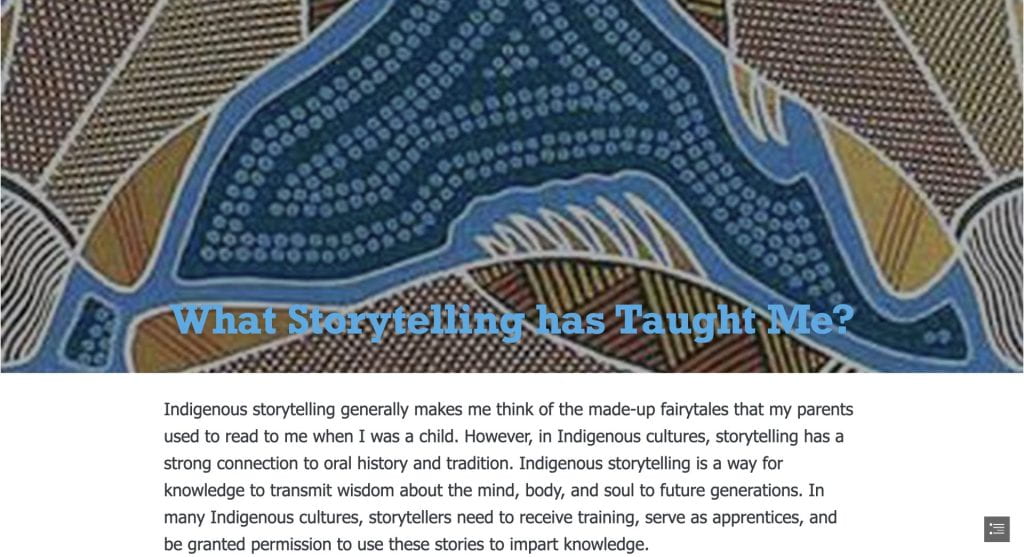The purpose of this essay is to discuss the play The Crucible. In particular, what will be discussed is characters within The Crucible that behave in a confounding manner. This behavior can best be described and understood by using Kollberg’s moral preceps for explanation. Specifically, Kollberg has three distinct descriptions of perspectives that are taken by individuals that motivate them to behave in certain ways. These three categories are pre-conventional, conventional, and post-conventional behavior. All these categories are factors that are considered when individuals decide to act in any given situation. If we understand the considerations and actions, we will be able to achieve a better understanding of the characters.
There are characters in the Crucible that believe in a certain way to best describe them as pre conventional. The first example of a pre-conventional character is Abigail Williams in. Abigail is a clever character. This is shown when she stated in Act 1, “I saw Goody Osburn with the Devil! I saw Bridget Bishop with the Devil!” Clearly the accusations against innocent people are like a kid blaming others to avoid getting in trouble. Instead of owning up to her mistakes, she points fingers at others to protect herself. This shows she is more concerned about saving herself to avoid punishment. The next character is John Proctor, a character known as a tragic hero. John shows this presence when he says in Act 2, “I have known her sir.” When John Proctor admits to knowing Abigail, he is trying to protect himself from being exposed for his affair. Even though he knows it is wrong, he cares more about saving his reputation than being honest. Moreover, another character representing the same kind of demeanor is Mary Warren. Mary Warren is a simple yet straight forward character. She shows this nature in act 2 when stating “I’ll not be ordered to bed no more, Mr. Proctor! I am eighteen and a woman, however single!” Her refusal to listen to Mr. Proctor shows she is more focused on what she wants than following the rules. Even though she knows she should do what she is told, she rebels because she wants to feel in control of her own life. So, you see from the examples provided that the Crucible has many characters that behave in a way to avoid punishment and obtain reward.
There are many characters found in the Crucible that are Conventional. Conventional behavior is when you behave in a certain way to fit into a group. To begin, John Proctor is a respected individual. When John states in Act 4, “That woman never lies.” This quote shows how people in Salem tend to trust certain individuals without questioning them. They believe some people are always truthful, even when that might not be the case. This blind trust in certain people can sometimes lead to misunderstandings and mistakes. Tituba, a slave from Barbados, says, “I’ll not hang with you! I love God, I love God.” Here, Tituba is confessing to something she did not do because she is scared of being punished. She is trying to say what she thinks others want to hear so she can avoid getting into trouble. This shows how strong the pressure to conform is in Salem, even if it means betraying one’s beliefs. Finally, the last conventional character is Mary Warren, a servant girl, who says, “I have no power.” Mary feels trapped by the expectations of others and feels like she cannot make her own choices. She is afraid of going against the powerful people in Salem, so she gives in to their demands, even if it means doing something she knows is wrong. From the examples provided, there are many conventional characters. Behaving specifically to blend in with the group is known as conventional behavior.
There are post-conventional characters in the Crucible. Post-conventional behavior is when you have your own individual sense of values and ethics. Those values and ethics cannot be influenced by reward, punishment, or group acceptance. The first example of a post-conventional character is John Proctor. John Proctor is a central figure in the play and firmly embodies post-conventional behavior. In Act 4, he says, “I speak my own sins; I cannot judge another. I have no tongue for it.” Here, Proctor refuses to falsely accuse others of witchcraft, despite the opportunity to save himself from execution. His refusal stems from his unwavering loyalty to his own moral principles and his unwillingness to compromise his integrity for personal wealth. Proctor’s statement epitomizes his approach to morality, which prioritizes truth and personal accountability over contingency to societal expectations. The next post conventional character is Reverand Hale. Similarly, Reverend Hale changes as he witnesses the injustice and hysteria consuming Salem. Clearly illustrates that he is a self-determined individual. This is exemplified in Act 3, when he boldly said, “I denounce these proceedings, I quit this court!” Hale’s decision to publicly denounce the court and withdraw his support symbolizes his rejection of the collective morality dictated by the court and his embrace of his own ethical convictions. By prioritizing his conscience over his allegiance to the court and societal norms, Hale exhibits post-conventional behavior, demonstrating his autonomy and commitment to justice. Finally, Giles Corey, another character who exemplifies post-conventional behavior, stands as a self-sustained individual. This is shown when he confronts the court with unyielding resolve in Act 4 and when he says, “More weight.” By choosing a swift death over betraying his principles, Corey highlights his underlying commitment to truth and personal integrity, regardless of the consequences. His refusal to compromise his values highlights his autonomy and independence of thought, distinguishing him as a post-conventional character in the play. So, from the examples provided it’s evident that the characters illustrate many post-conventional values through their actions, clearly representing their values and ethics important to them.
In conclusion, Kollberg’s moral principles have helped us understand the characters in “The Crucible” better. They have shown us why people act the way they do when they’re in tough situations. From looking at characters like John Proctor, Reverend Hale, and Giles Corey, we can see how they stick to their own values, even when it is hard. This helps us see the complexity of human behavior and the importance of staying true to ourselves.








